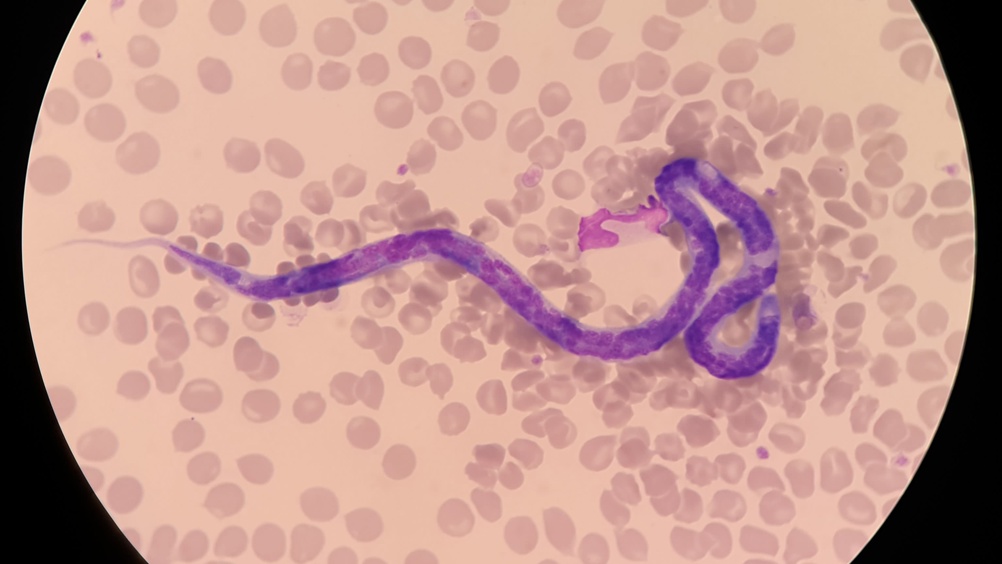References
Leptospira spp. and Dirofilaria immitis in dogs in Tonga: a pilot study

Abstract
Dogs are common in Tonga and exist in a close relationship with humans, both as free-ranging pets and guard dogs for domestic properties. Little is known about pathogens present in these animals, and this pilot study aimed to develop a methodology to identify the presence of zoonotic pathogens Leptospira spp. and Dirofilaria immitis (the causative agent of heartworm), in a sample of 82 dogs voluntarily presented to a spey/neuter clinic, using blood samples and point-of-care tests. No positive tests were returned for Leptospira spp. or D. immitis, despite the presence of Leptospira spp. having previously being identified in Tonga.
The Kingdom of Tonga’s main island of Tongatapu has a human population of 74611 (Tonga Department of Statistics, 2016), and an estimated canine population of 17 122 dogs, giving a dog:human ration of 1:4 (G Aguilar, unpublished data, 2018), similar to other developing countries such as Nepal, Indonesia and the Philippines (Jackman and Rowan, 2007; Traub et al, 2015). The close physical relationship that dogs have with humans in Tonga, as both pets and guard dogs, inherently increases the risk of disease transmission, since more than 60% of known infectious diseases are zoonotic (Bidaisee and Macpherson, 2014).
This pilot study considers two specific zoonotic pathogens - Leptospira spp. and Dirofilaria immitis - in dogs in the Kingdom of Tonga. Leptospirosis has been identified in 13 Pacific nations, including Tonga (Guernier et al, 2018). However, under-reporting of this disease is common, and it is known to mimic other diseases (Izurieta et al, 2008; Victoriano et al, 2009). Cattle, swine, dogs and rats are common reservoirs for Leptospira spp., and shed leptospires in urine. In countries with tropical climates, such as the Philippines and Thailand, 68-92% of rats were found to carry antibodies for leptospires (Tangkanakul et al, 2005; Villanueva et al, 2010). Dogs infected with Leptospira spp. typically present with fever, jaundice, vomiting, diarrhoea, intravascular disseminated coagulation, renal failure, haemorrhages and death. Infection may occur via direct or indirect exposure, where rivers, soil and water reservoirs may be contaminated by urine of carrier animals (Victoriano et al, 2009; Guernier et al, 2018). Spikes in infection rates in humans are often noted following cyclones with secondary flooding, and projected changes in the world’s climate are expected to increase the frequency of these severe weather events (Gubler et al, 2001; Lau et al, 2016). Clinical signs in humans range from a mild flu-like illness, to severe complications including acute renal failure and pulmonary haemorrhagic syndrome. The latter is associated with high fatality rates (Guernier et al, 2018).
Register now to continue reading
Thank you for visiting The Veterinary Nurse and reading some of our peer-reviewed content for veterinary professionals. To continue reading this article, please register today.

